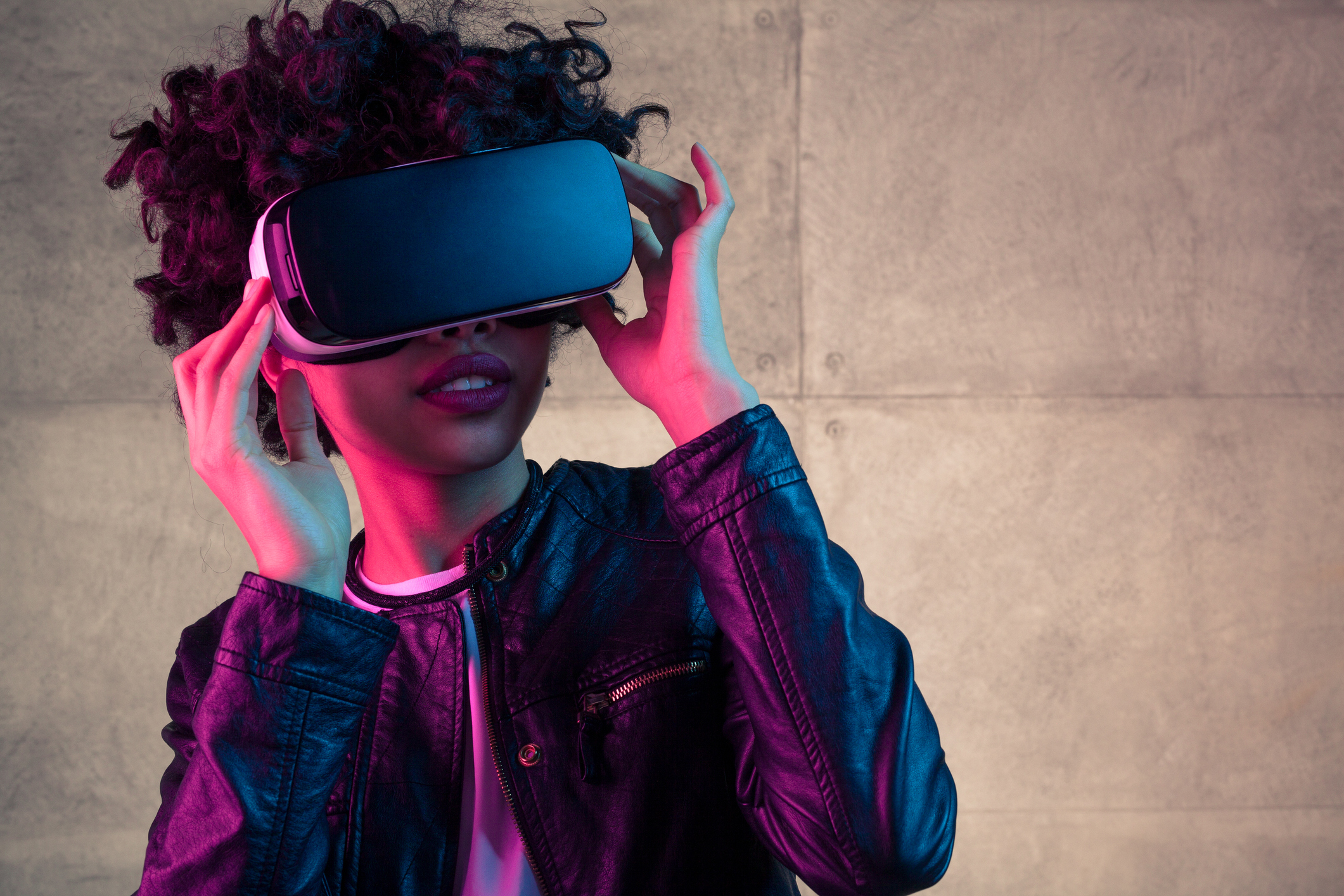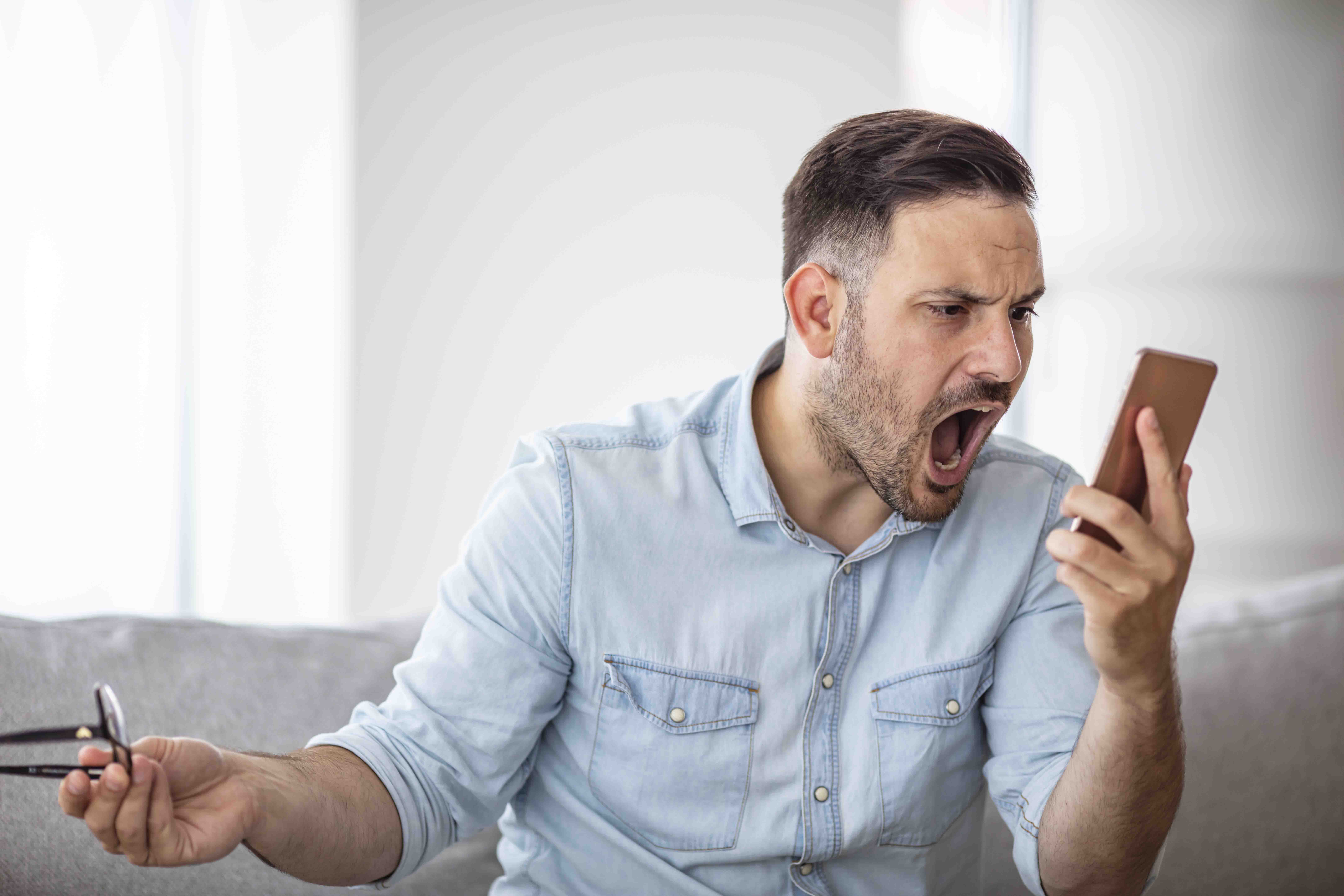The Lure of Virtual Reality
It lets you go places without leaving home. But you may not want to pay up for the privilege just yet.


Remember the View-Master you had as a child that let you see Disney characters in 3-D? A virtual reality headset is like a View-Master for the 21st century. But now the headset may strap on like a pair of goggles. And instead of inserting a wheel of images, you use a phone, PC or other device to stream content.
The magic isn’t just in the headset. VR content is created either by stitching a series of images into a 360-degree video or by presenting slightly different images to each eye and creating the illusion of depth. Both aim to trick your brain into believing that you’ve been transported to a different place than the space your body currently occupies.
Video gamers are already using the technology to enhance their experience of games such as Minecraft. But you don’t have to be a gamer to take advantage of VR. With a headset and apps such as Google Street View and YouVisit, you can sneak a peek at the site of an upcoming vacation. There are also apps that let you see places you won’t be visiting anytime soon—say, Mars or the ocean floor. You can even help an aging family member visit or revisit a place of their dreams.
From just $107.88 $24.99 for Kiplinger Personal Finance
Become a smarter, better informed investor. Subscribe from just $107.88 $24.99, plus get up to 4 Special Issues

Sign up for Kiplinger’s Free Newsletters
Profit and prosper with the best of expert advice on investing, taxes, retirement, personal finance and more - straight to your e-mail.
Profit and prosper with the best of expert advice - straight to your e-mail.
Several major news organizations, including the New York Times and USA Today, are using virtual reality to tell stories and offer short live-action documentaries (available via the NYT VR and USAToday apps, respectively). And some real estate agents are using the technology to help house hunters remotely tour properties. Want to make some DIY home improvements? Lowe’s has started rolling out in-store VR demo areas to teach you how to make, say, a redo of your shower tile a reality.
Getting started. VR headsets range from large, clunky and pricey models to lightweight, affordable versions powered by your smartphone. But with virtual reality still firmly in its youth, it makes sense to hold off spending hundreds of dollars for one of the high-end models, such as the Oculus Rift ($500) or HTC Vive ($800), unless you’re an avid gamer and already own a robust PC to power your VR experience.
The easiest and cheapest way to try out VR is Google Cardboard ($15 in the Google Store). The headset—which really is made of folded cardboard, with a pair of plastic acrylic lenses—is more of a VR appetizer than a main course. To use Cardboard, you insert an Android phone or iPhone with a screen size of 4 to 6 inches into the box and secure it with the Velcro strips. Using Google Cardboard’s app (or search Google Play or the Apple App Store for “Google Cardboard” to find other compatible apps), you’ll be able to choose from thousands of options that let you, for example, play Pong in space, watch YouTube’s 360° channel or use your phone as a VR camera to take panoramas of your surroundings.
The Samsung Gear VR ($130) is a solid option if you already own one of the latest Samsung phones, such as the Galaxy S8 or S7 Edge. The headset includes a handheld controller that allows the unit to respond to hand movements and makes navigating menus easier. You can select from a variety of apps, such as Polyrunner VR for racing, NextVR for sports, concerts and other live events, and Discovery VR for immersive documentaries.
Profit and prosper with the best of Kiplinger's advice on investing, taxes, retirement, personal finance and much more. Delivered daily. Enter your email in the box and click Sign Me Up.

-
 Countries That Will Pay You to Move: Cash Grants, Incentives and What to Know
Countries That Will Pay You to Move: Cash Grants, Incentives and What to KnowExplore real relocation incentives — from cash grants and tax breaks to startup funding — that make moving abroad or to smaller towns more affordable and rewarding.
-
 Mortgage Protection Insurance: What It Covers and When It Makes Sense
Mortgage Protection Insurance: What It Covers and When It Makes SenseHow mortgage protection insurance works, what it costs, and when it’s actually useful in a financial plan.
-
 How to Use Your Health Savings Account in Retirement
How to Use Your Health Savings Account in RetirementStrategic saving and investing of HSA funds during your working years can unlock the full potential of these accounts to cover healthcare costs and more in retirement.
-
 9 Types of Insurance You Probably Don't Need
9 Types of Insurance You Probably Don't NeedFinancial Planning If you're paying for these types of insurance, you may be wasting your money. Here's what you need to know.
-
 When Tech is Too Much
When Tech is Too MuchOur Kiplinger Retirement Report editor, David Crook, sounds off on the everyday annoyances of technology.
-
 I Let AI Read Privacy Policies for Me. Here's What I Learned
I Let AI Read Privacy Policies for Me. Here's What I LearnedA reporter uses AI to review privacy policies, in an effort to better protect herself from fraud and scams.
-
 Amazon Resale: Where Amazon Prime Returns Become Your Online Bargains
Amazon Resale: Where Amazon Prime Returns Become Your Online BargainsFeature Amazon Resale products may have some imperfections, but that often leads to wildly discounted prices.
-
 What Is AI? Artificial Intelligence 101
What Is AI? Artificial Intelligence 101Artificial intelligence has sparked huge excitement among investors and businesses, but what exactly does the term mean?
-
 The Best Tech Stocks to Buy
The Best Tech Stocks to BuyTech stocks are the market's engine of growth. But what defines a tech stock? How do you find the best ones to buy? We take a look here.
-
 Roth IRA Contribution Limits for 2026
Roth IRA Contribution Limits for 2026Roth IRAs Roth IRAs allow you to save for retirement with after-tax dollars while you're working, and then withdraw those contributions and earnings tax-free when you retire. Here's a look at 2026 limits and income-based phaseouts.
-
 Four Tips for Renting Out Your Home on Airbnb
Four Tips for Renting Out Your Home on Airbnbreal estate Here's what you should know before listing your home on Airbnb.